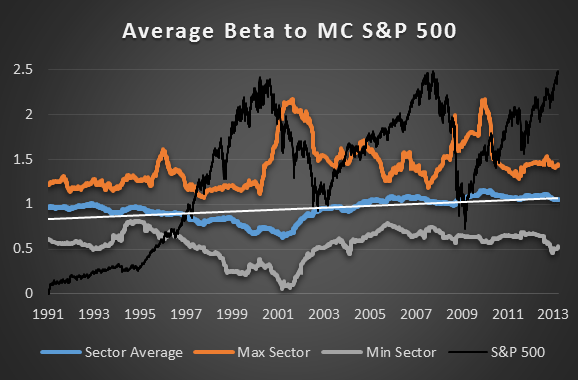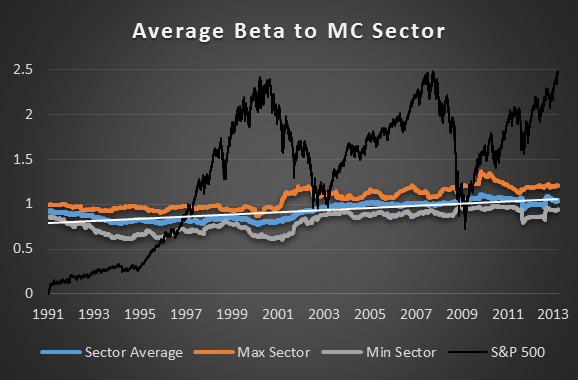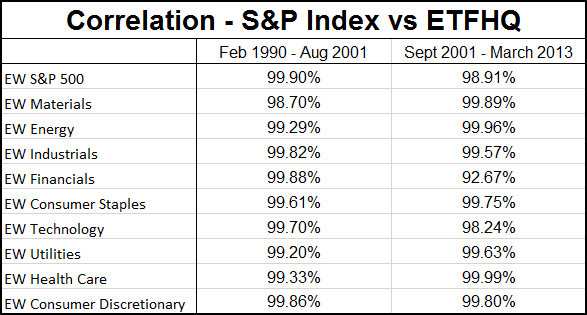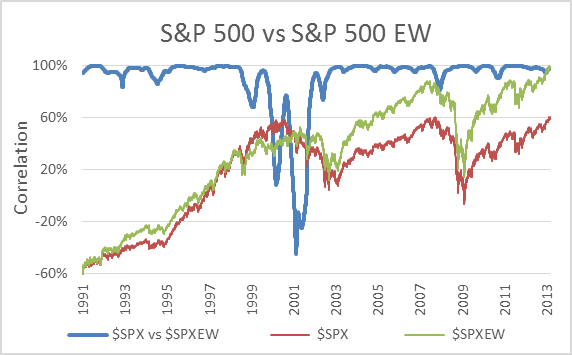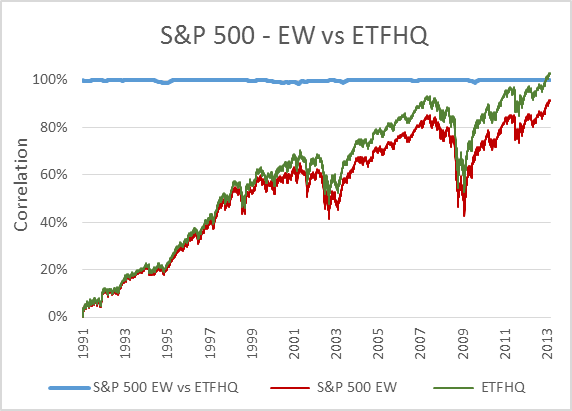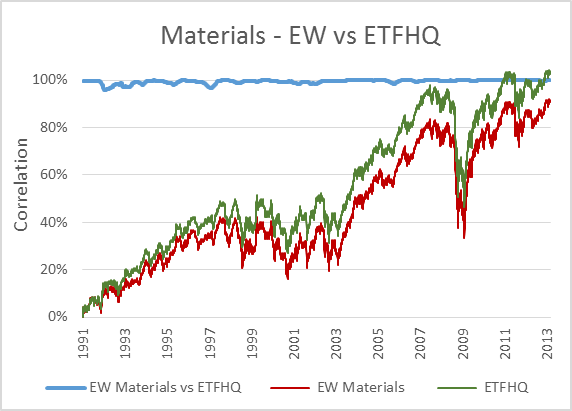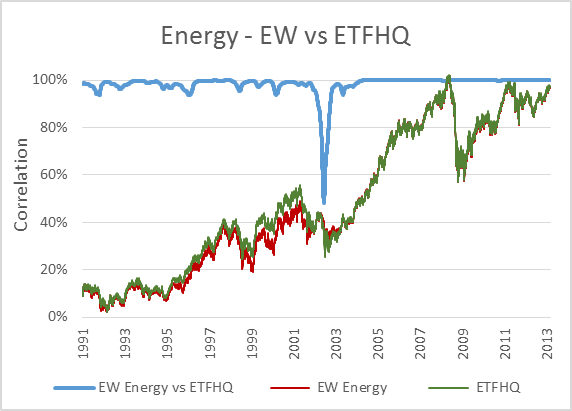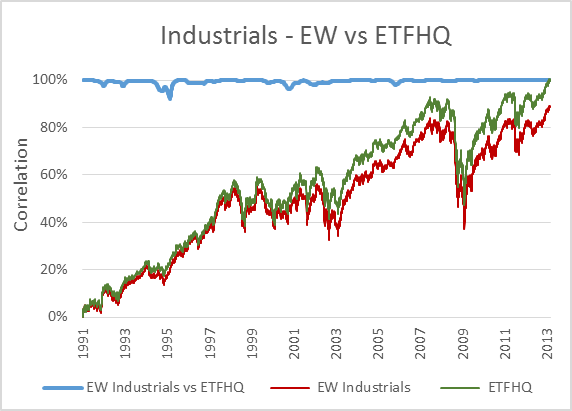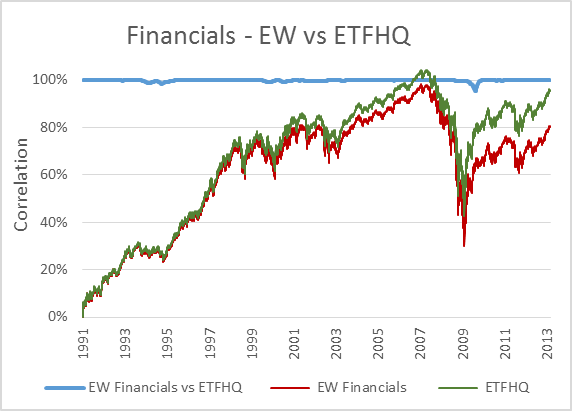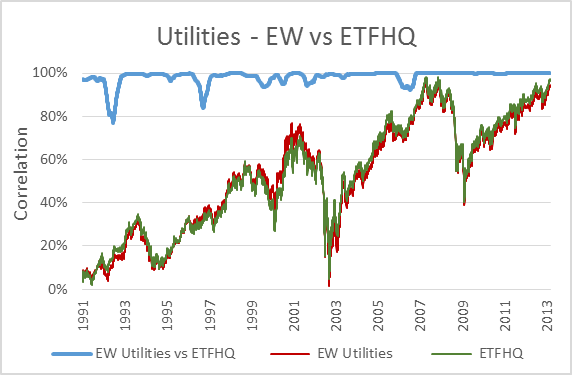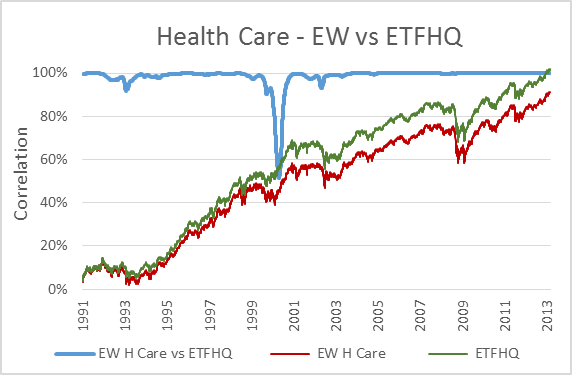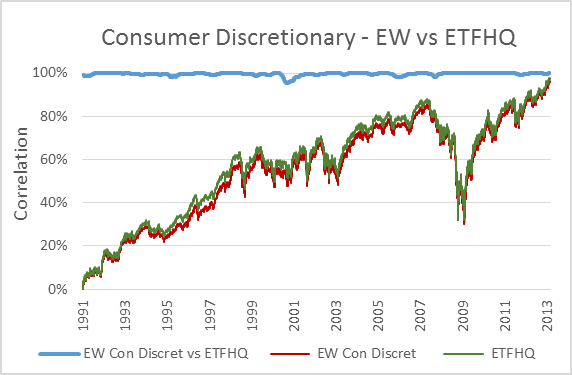After the crash of 2008, many peoples faith in the Buy and Hold approach to financial freedom is on shaky ground. For a long time the Buy and Hold strategy has been pushed strongly by financial planners and the mutual fund industry.
To sell ‘Buy and Hold’ as the way to go, compelling statistics are produced about how historically stocks have outperformed other asset classes. How despite a few ‘bumps’ along the way “over the long term you can’t lose”.
.

.
But never take anything that you have been told as fact until you have done your own research (especially when it involves your finances). As you are about to see, the reality is that Buy and Hold is not dead, it was never even alive and was simply dreamed up as a marketing ploy by those who would stand to profit from your believing in it. Perhaps a better description would be Buy and Pray.
.
What is the Average Stock Market Return?
.
When people talk about returns available for the Buy and Hold investor they generally quote the historical performance of the US market, specifically the Dow Jones Industrial Average. Several ‘Experts’ have told me that the average stock market return you can expect is 8 – 15% per year. To quote from ‘Money Secrets of the Rich’ by John Burley printed 1999:
.
…compounded returns averaging more than 14%+ over the last 45 years…[1]
.
This is such a half truth it is a lie! To mislead people into believing that by simply using a Buy and Hold strategy they will achieve returns of this nature is irresponsible!
Over time Buy and Hold returns on a broad index like the S&P 500 will match the average earnings yield and GDP growth. Robert D. Arnott and Peter L. Bernstein found that the real stock returns over the past 192 years averaged 6.1% derived from three components; an earnings yield of 5%, per capita GDP growth of 1.7%, less 0.6% shrinkage of dividends relative to real per capital GDP growth.[2]
From 1929 to 2008 I calculate the average stock market return on the Dow Jones Industrial Average at just 4.28% without allowing for inflation. That is far short of the 8-15% that most Buy and Hold investors promote as the investment returns that can be expected. The scary thing is that people are basing retirement projections on such forecasts; for the 380 companies in the S&P 500 with defined-benefit plans, projected returns average 9%.[3]
.
The U.S Was a Top Performer
.
Another misleading factor is that during the 20th century the US had the worlds 4th best performing stock market after inflation.[4] This history of stellar growth in the US is something that we take for granted but it is unlikely to continue. With no intention of being anti American I am simply stating a fact based on historical trends that it will be very difficult for the US market to be one of the top global performers during the 21st century.
Time brings many changes, 2000 years ago China and India combined accounted for 59% of the worlds GDP. By 1950 Western Europe and the US had taken command with 53.5%.[5] That hold has since slipped and over the last 55 years China and India have grown their share of the words GDP from 8.75% to 22.07% (1950-2005), while the US and Western Europe now account for 38.24%.[6]
The next 50 years are likely to bring change at a faster pace than at any other time in history and it will put to test the US’s commitment to the global trade system. The rising forces of China and India will cause disruptions to workforces, industries, companies, and markets in ways that we can only begin to imagine. In the 19th century, Europe had to go through a similar test when it realized that a new giant was emerging; the US. World leading corporate strategist Kenichi Ohmae said:
.
It is up to America to manage its own expectation of China and India as either a threat or opportunity.
.
As long as calamity doesn’t strike, most economists predict that China and India have the ability to keep growing at an annual rate of 7-8% for decades because they have younger populations, higher savings rates, and so much catching up to do.[7] At current projections China is likely to take the No. 1 position from the US and become the world’s largest economy before 2020.[8] By then, China and India could account for half of global GDP. If this takeover does occur then a Buy and Hold strategy on the US market is going to produce disappointing results.
Warren Buffett put the reality of the situation brilliantly in his 2007 letter to Berkshire Hathaway Inc. shareholders:
.
During the 20th Century, the Dow advanced … 5.3% when compounded annually … Think now about this century. For investors to merely match that 5.3% market-value gain, the Dow … would need to close at about 2,000,000 on December 31, 2099 … While anything is possible, does anyone really believe this is the most likely outcome? … People who expect to earn 10% annually from equities during this century … are implicitly forecasting a level of about 24,000,000 on the Dow by 2100. If your adviser talks to you about double digit returns from equities, explain this math to him … Many helpers are apparently direct descendants of the queen in Alice in Wonderland, who said: “Why, sometimes I’ve believed as many as six impossible things before breakfast.”[9]
.
“Buy and Hold and you can’t lose long term” …But how long is long term?
.
Buy and hold advocates constantly remind us that if we hold a diversified portfolio for the long term then we can’t lose. Well, just how long is the long term?
One investment advisor told me that if you Buy and Hold for 20 years or more then your risk in the stock market is reduced to zero. Some say less… This from Mutual of America’s website:
.
There has been no 10-year period in the previous 50 years that has resulted in a downtick in the S&P 500.[10]
.
As Benjamin Disraeli said “There are three kinds of lies: lies, damned lies, and statistics.” Mutual of America had revenue of 1.77 billion[11] in 2008 and they boast of “strong portfolio management teams and significant research capabilities”.[12] Yet despite their well funded research they can’t do simple maths. Before allowing for inflation there has actually been 6 (and counting) ten year periods over the last 50 years that have resulted in a downtick for the S&P 500 and the Buy and Hold investor:
.
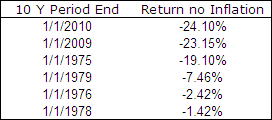
.
So what is the longest period with no growth for the Buy and Hold investor?
.
Would you be shocked to hear that the US has had three periods longer than 57 years where the stock market has experienced no real growth including one period of 130 years? Robert Arnott in a stunning article called ‘Bonds: Why Bother?‘, revealed that the market drop from 1929-1932 was so severe that in real terms stocks fell below 1802 levels. This erased 130 years of market gains:[13]
.

.
Why do mutual fund promoters overlook this kind of research and mislead people into thinking that a Buy and Hold strategy is the best way to go? Because they make huge fees out of managing your money and the last thing they want is for you to withdraw your funds in a bear market. At the end of the third quarter 2009, equity mutual funds held $8.53 trillion dollars under management.[14] That makes promoting the Buy and Hold myth worth HUGE dollars.
.
Summary
.
Here is a prime example of how in the financial markets more than any other industry, one must be very aware of who is producing the statistics that are being used to influence your thinking. (I am a trader so remember, I have a bias in the way that I present this information as well.)
Unfortunately the fact is that Buy and Hold as a strategy just does not stand up to scrutiny. Having said that, Buy and Hold as a strategy is certainly better than not investing at all. We may even get lucky and see the market embark on another 20 year period of above average growth like we saw from 1980 to 2000 when the S&P 500 advanced over 1200%.
But… you should never rely on luck when it comes to your financial future. The reality is that over the long term the return from the stock market must match the growth of the economy, whatever that ends up being. In the interim stocks undergo a constant battle between what they are truly worth based on the fundamentals and what the irrational, emotional, ‘Greater Fool’ is willing to pay.
If you are to ensure long term success with your finances regardless of what happens in the economy you must have an edge over the market.
.
Incidentally, if you don’t know what your edge is, you don’t have one. – Jack Schwager
.
So you have seen my research… Do you still believe in Buy and Hold? Share your thoughts in the comments section below.
.
- ^ Money Secrets of the Rich by John Burley, 1999
- ^ What Risk Premium is Normal? by Robert D. Arnott and Peter L. Bernstein. Financial Analysts Journal, March/April 2002, Vol. 58, No. 2, Page 74, Paragraph 3
- ^ The Pension Crisis Revealed, 2003 by Frank Fabozzi and Ryan Ronald. Journal of Investing Volume 12, No. 3
- ^ Triumph of the Optimists: 101 Years of Global Investment Returns, 2002 by Elroy Dimson, Paul Marsh, Mike Staunton. Page 52, Table 4-1
- ^ Contours of the World Economy 1-2030 AD Essays in Macro-Economic History, 2007 by Angus Maddison. Page 261, Table 8b
- ^ Statistics on World Population, GDP and Per Capita GDP, 1-2006 AD, March 2009, Horizontal File
- ^ Why the world must watch out for India, China by Pete Engardio. Businessweek September 12, 2005
- ^ China’s Economic Performance: How Fast Has GDP Grown; How Big is it Compared With The USA? February 22, 2007 by Angus Maddison and Harry X. Wu. Page 1, Paragraph 1
- ^ To the Shareholders of Berkshire Hathaway Inc. February 2008 by Warren E. Buffett. Fanciful Figures – How Public Companies Juice Earnings, Page 19, Paragraphs 3-8
- ^ Mutual of America, Capital Management Report, Stocks, S&P 500, Paragraph 3 (Screen Shot)
- ^ Mutual of America 2008 Annual Report, Financial and Corporate Information, Consolidated Statutory Statements of Operation and Surplus, Page 51
- ^ Mutual of America 2008 Annual Report, Discipline, Page 19
- ^ Bonds: Why Bother? May / June 2009 by Robert Arnott, Rethinking Fixed Income. Page 2 Paragraph 7
- ^ Worldwide Mutual Fund Assets and Flows, Third Quarter 2009, Worldwide Assets of Equity, Bond, Money Market, and Balanced/Mixed Funds. Billions of U.S. dollars, end of quarter.

